How To Use A Ring Flash?
Using a ring flash can significantly enhance your photography, especially in portrait, macro, and fashion photography. This specialized lighting tool provides even illumination, reduces shadows, and creates a unique catchlight in the subject's eyes. In this article, we will delve into the practical aspects of using a ring flash, covering everything from setup to advanced techniques. Whether you are a beginner or an experienced photographer, this guide will help you make the most out of your ring flash.
Understanding the Basics of a Ring Flash
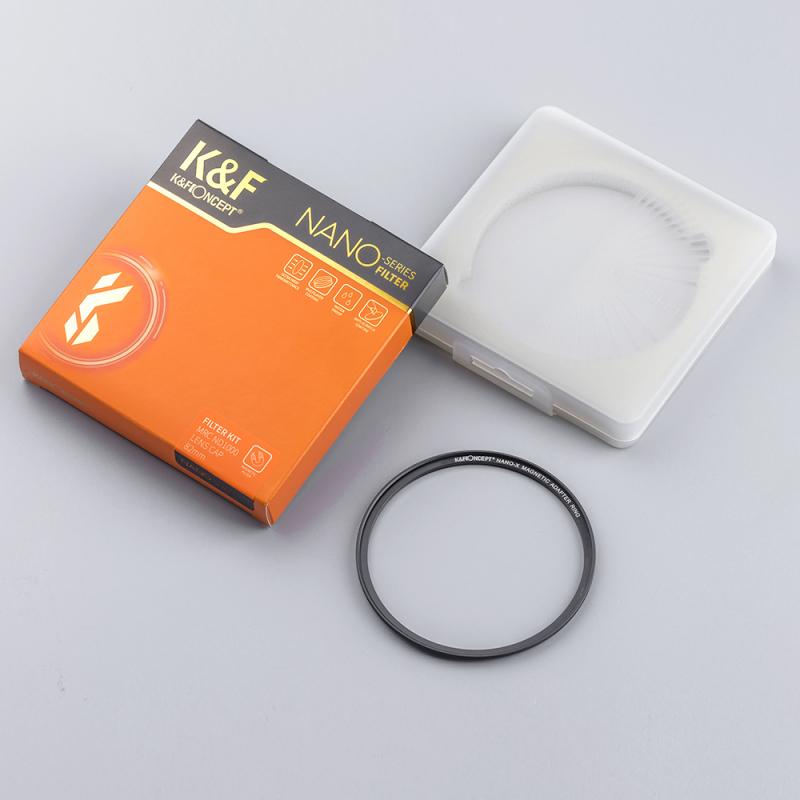
A ring flash is a circular light that fits around the lens of your camera. Unlike traditional flashes that emit light from a single point, a ring flash distributes light evenly around the subject. This results in a soft, shadow-free illumination that is ideal for close-up photography.
Key Features:
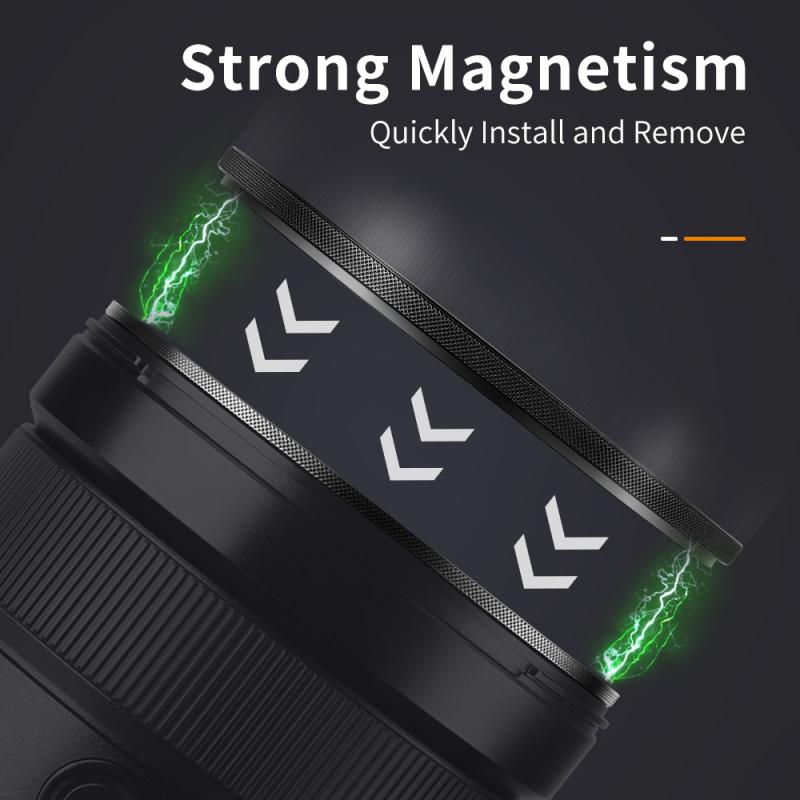
- Even Lighting: The circular design ensures that light is evenly distributed, minimizing harsh shadows.
- Catchlight: Creates a distinctive ring-shaped reflection in the subject's eyes, adding a professional touch to portraits.
- Versatility: Suitable for various types of photography, including macro, portrait, and fashion.
Setting Up Your Ring Flash
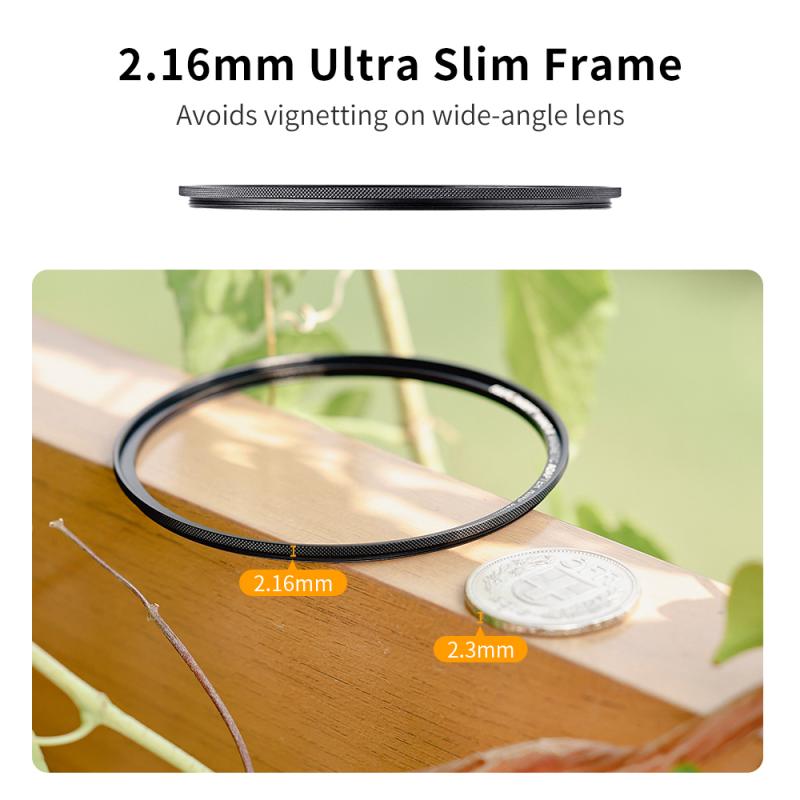
Before you start shooting, you need to properly set up your ring flash. Here are the steps to follow:
1. Mount the Ring Flash: Attach the ring flash to the front of your camera lens. Ensure it is securely fastened to avoid any movement during shooting.
2. Connect to Camera: Most ring flashes come with a control unit that connects to the camera's hot shoe. This unit allows you to adjust the flash settings.
3. Power Source: Ensure that the ring flash is powered, either through batteries or an external power source.
4. Adjust Settings: Use the control unit to adjust the flash intensity, mode (manual or TTL), and other settings according to your shooting requirements.
Basic Techniques for Using a Ring Flash
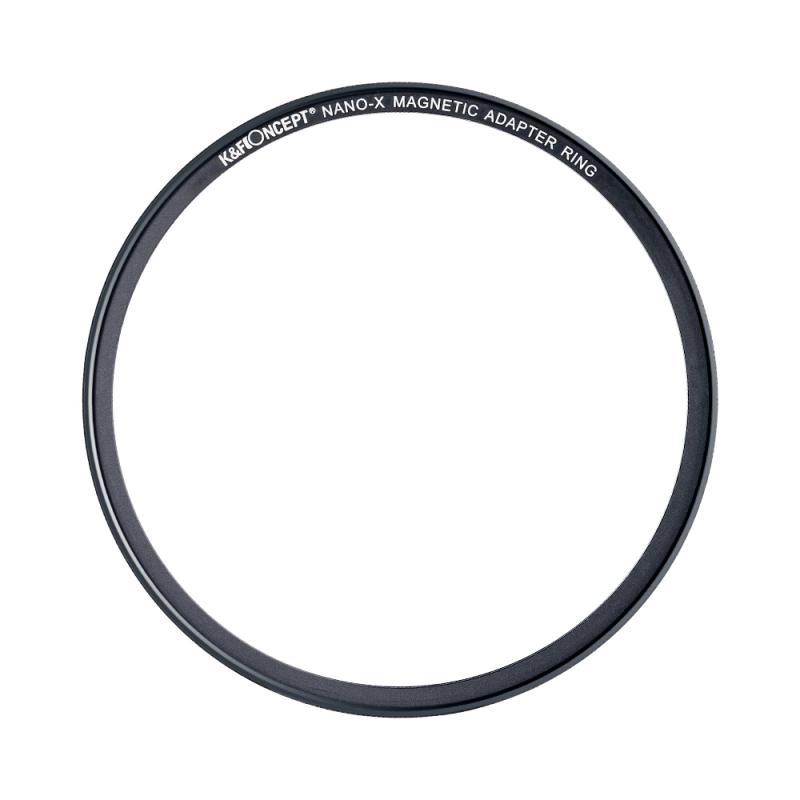
Once your ring flash is set up, you can start experimenting with different techniques to achieve the desired effect.
Portrait Photography
In portrait photography, a ring flash can help you achieve a professional look with minimal effort. Here’s how to use it effectively:
- Positioning: Position your subject at a comfortable distance from the camera. The ring flash should be directly in front of the subject to ensure even lighting.
- Settings: Use a low to medium flash intensity to avoid overexposure. Adjust the aperture and ISO settings on your camera to balance the exposure.
- Catchlight: Ensure that the ring flash is positioned to create a catchlight in the subject's eyes. This adds a sparkle and makes the eyes look more vibrant.
Macro Photography
For macro photography, a ring flash is invaluable in providing consistent lighting for small subjects. Follow these tips:
- Close Proximity: Position the camera and ring flash very close to the subject. The even lighting will highlight the intricate details without casting shadows.
- Manual Mode: Use manual mode to have full control over the flash intensity and camera settings. This allows you to fine-tune the exposure for the best results.
- Diffusion: If the light is too harsh, use a diffuser to soften it. Many ring flashes come with built-in diffusers or you can use external ones.
Advanced Techniques and Tips
Once you are comfortable with the basics, you can explore advanced techniques to further enhance your photography.
Using Gels and Filters
Gels and filters can be used with a ring flash to create different lighting effects and color temperatures. Here’s how:
- Color Gels: Attach color gels to the ring flash to add a creative touch to your photos. This is particularly useful in fashion photography to create mood and atmosphere.
- Neutral Density Filters: Use neutral density filters to reduce the intensity of the flash without affecting the color balance. This is useful in bright conditions where you need to control the exposure.
Combining with Other Light Sources
A ring flash can be used in conjunction with other light sources to create more complex lighting setups. Here are some ideas:
- Fill Light: Use the ring flash as a fill light to complement natural or studio lighting. This helps in reducing shadows and adding a balanced illumination.
- Backlighting: Combine the ring flash with a backlight to create a halo effect around the subject. This adds depth and dimension to the photo.
Experimenting with Angles
Don’t be afraid to experiment with different angles and positions. Here are some tips:
- Tilt and Rotate: Tilt and rotate the ring flash to create different lighting patterns. This can add a dynamic element to your photos.
- Off-Camera Use: Some ring flashes can be used off-camera with the help of a bracket or stand. This allows for more creative lighting setups.
Troubleshooting Common Issues
While using a ring flash, you may encounter some common issues. Here’s how to address them:
- Overexposure: If your photos are overexposed, reduce the flash intensity or use a neutral density filter. Adjust the camera settings to balance the exposure.
- Harsh Shadows: If you notice harsh shadows, use a diffuser to soften the light. Experiment with different angles to minimize shadows.
- Battery Life: Ring flashes can consume a lot of power. Always carry spare batteries or use an external power source to avoid interruptions.
A ring flash is a versatile and powerful tool that can elevate your photography to the next level. By understanding its features, setting it up correctly, and experimenting with different techniques, you can achieve professional-quality photos with ease. Whether you are shooting portraits, macro, or fashion photography, a ring flash provides even lighting, reduces shadows, and adds a unique catchlight to your subjects. With practice and creativity, you can unlock the full potential of your ring flash and create stunning images that stand out.



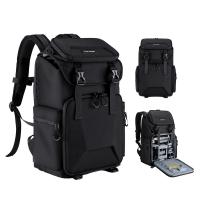
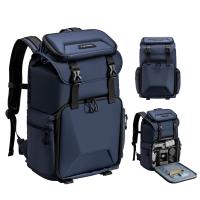
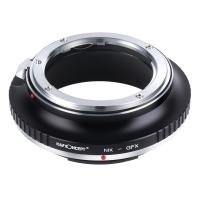

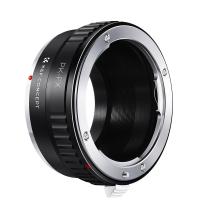








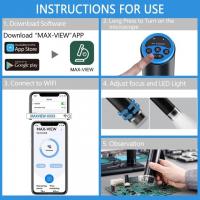
There are no comments for this blog.